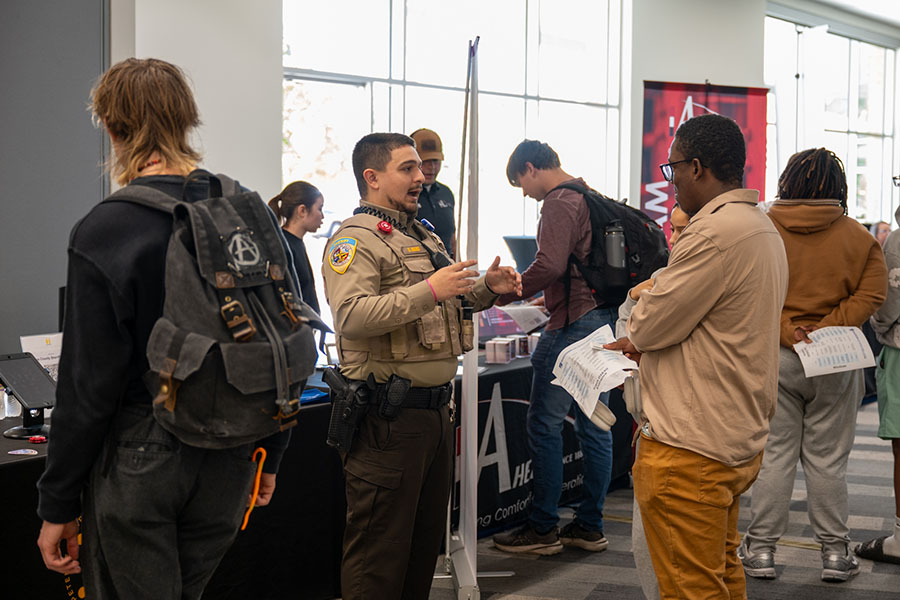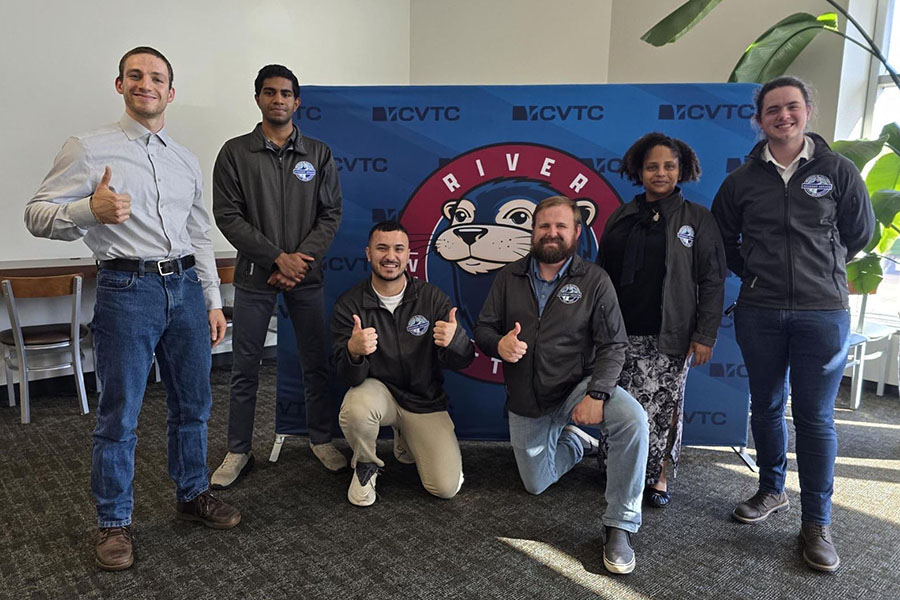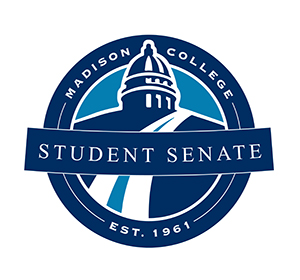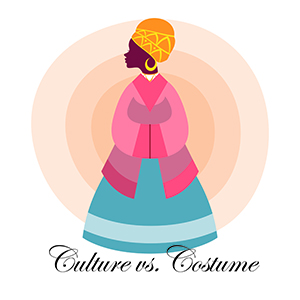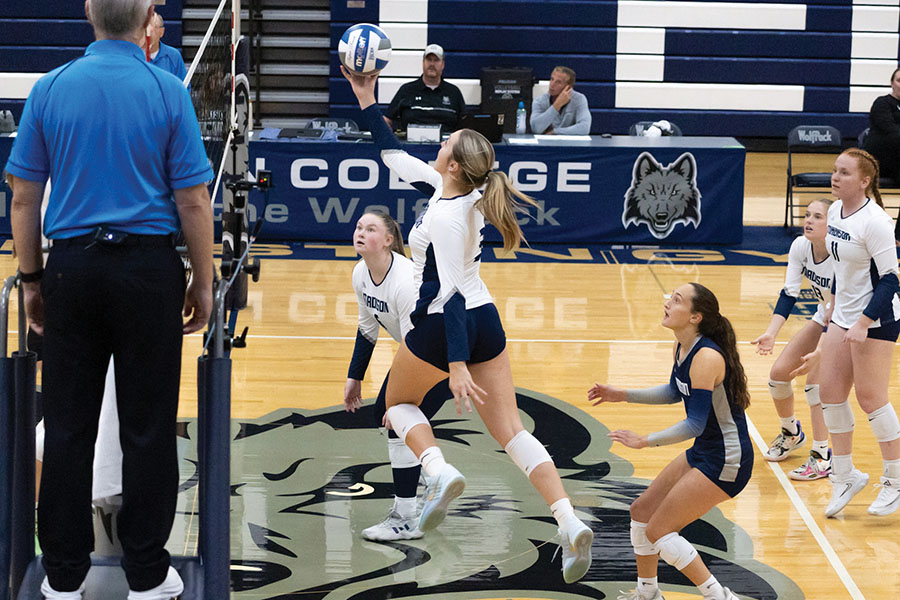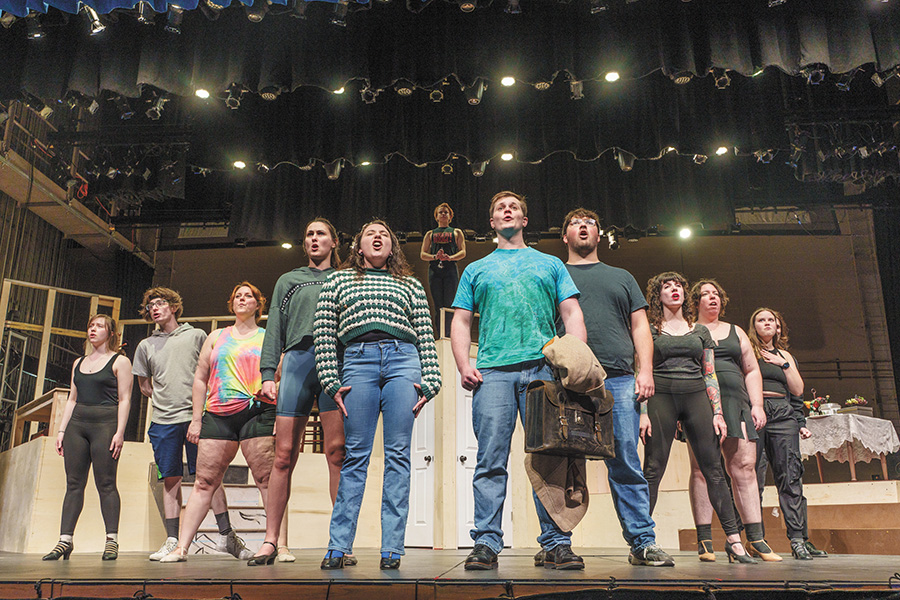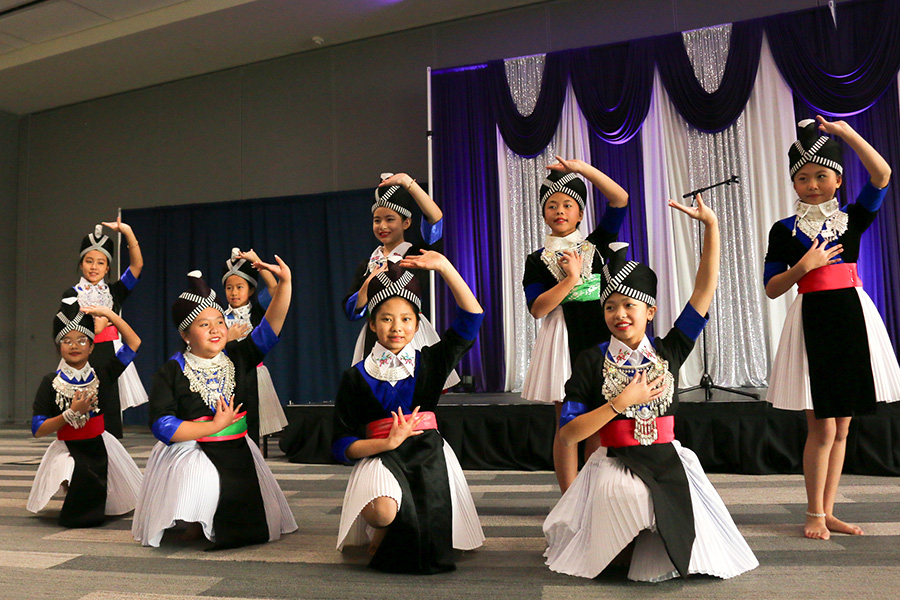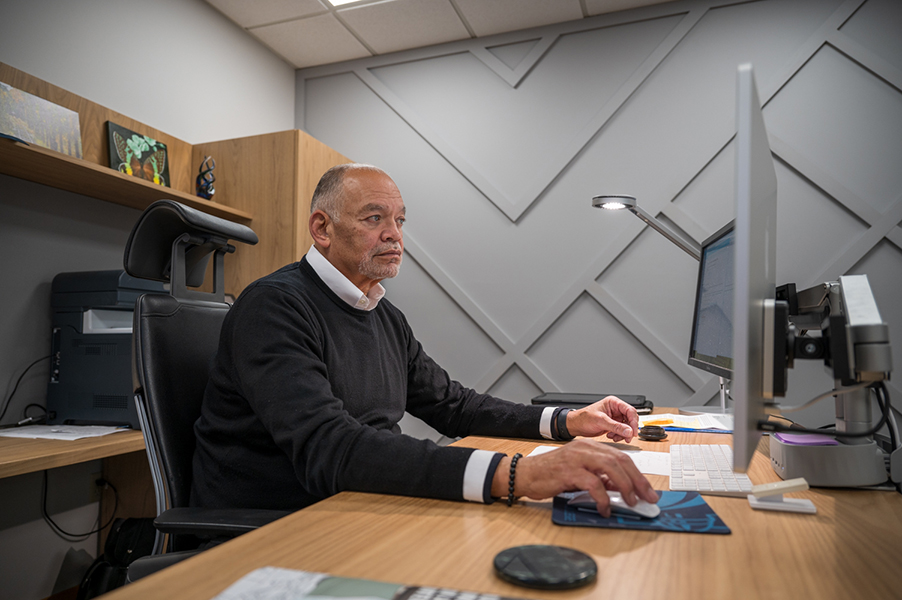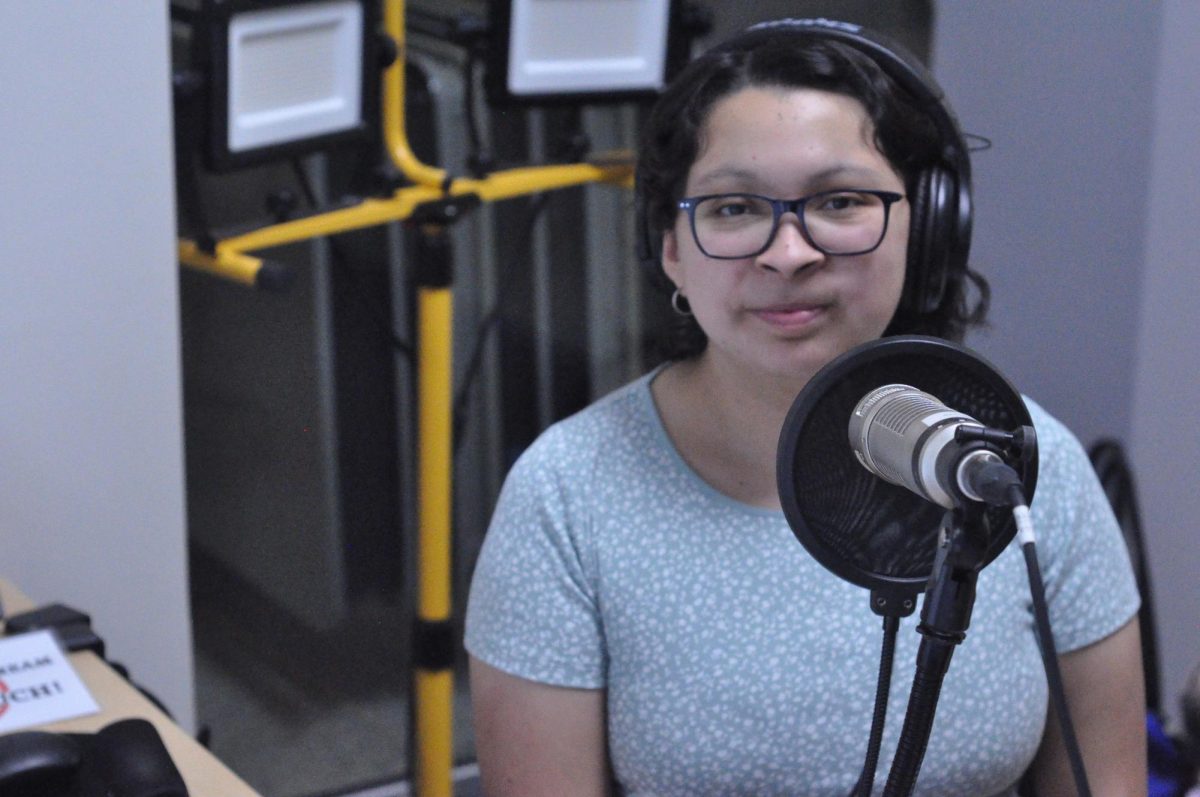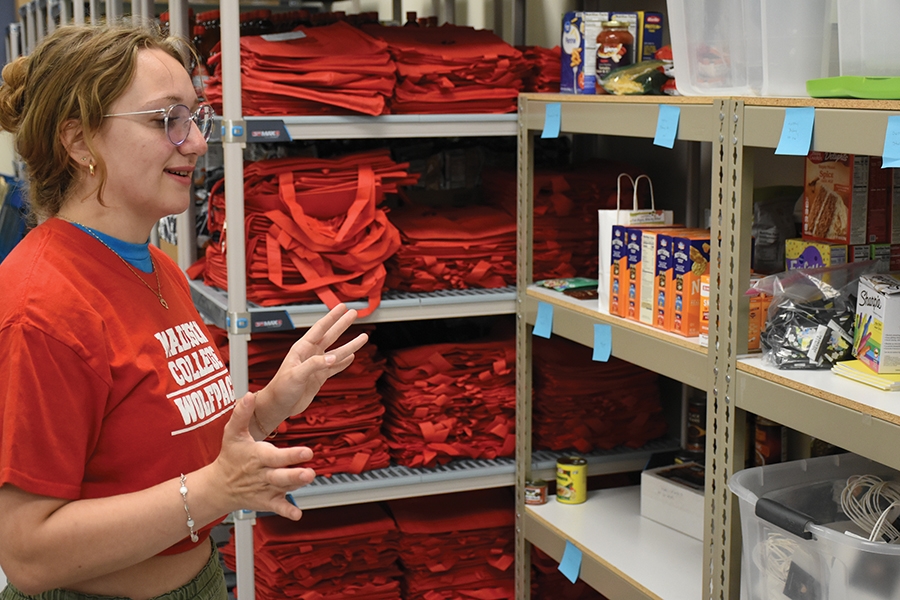The Madison College Gallery show entitled “Indigenous Wisconsin: A Story of Resistance” held a reception on Nov. 14 displaying the vibrant cultures of the 12 Tribal Nations of Wisconsin. The art exhibit was open for the month of November, which is Native American Heritage Month.
The art includes traditional craftwork such as cradle boards, moccasins, baskets and regalia, elegantly embroidered with intricate beadwork. Many have a fusion of traditional and modern elements, showing the living, breathing nature of the culture. The paintings have powerful imagery of resiliency and community.
Much of the art is multimedia. A piece by Crystal Lepscier incorporates painting, collage and beadwork. Lively cultural images stand out from a murky blue background, connected by beaded embroidery, taking the shape of delicate teal flowers. This piece “captures her connections to these woodland tribal communities while interacting with contemporary colors, shapes and designs.”
Some of the pieces showcase the lived experiences of racial trauma. One such piece incorporates words, such as the racist slogan “Save a Walleye, Spear an Indian.” This painting by ChimakwaNibawii Stone reflects on his experience as a child in the 1980s experiencing dehumanizing threats surrounding treaty rights that guarantee the ability to fish in ancestral waters.

In total, the gallery featured 18 exceptional artists. As one walks into the gallery, the space calls for reverence. The radiating emotion filling the air slows the viewer down, centering the attention on the details to gradually take it all in. The themes of revitalization and empowerment will stick with the viewer long after they have left the room.
The reception started with a performance of the Welcome Song, accompanied by a hand drum. Dr. Daniels spoke at the event, recognized the artists, and expressed his hope to purchase some of the paintings to display on campus.
Marty Richards, emeritus advisor for the Native American Student Association, spoke on the fundamental power of storytelling. Throughout history, stories have been made absent through language loss, cultural erasure and genocide. She described keeping history and culture alive as a form of resistance.
“The celebration of indigenous storytelling is a privilege for the college campus to see these ancient and modern stories created by the indigenous people who still live among us. We are not figures from the past. Not only do we latch on and preserve our ancient traditions and stories, we build and make modern the traditional ways and ideas so they continue to live and breathe,” Richards said.
Several members of the Native American Student Association spoke on what the gallery show meant to them. Some of the students said that they saw themselves reflected in the gallery and it brought up feelings of home. Common themes among their statements were healing, inspiration and hope.
Dr. Damira Grady, Vice President of College Climate and Culture, spoke on how important it is for marginalized students to have space to tell their stories. She then introduced an impromptu addition to the reception, inviting the artists to come up to the podium and talk about their art.
Most of them introduced themselves in their native language and each artist told a meaningful story, oftentimes very poignant. One woman was holding an infant and talking about doing art postpartum. Another artist talked about how every exhibited piece of hers was done during therapy. The last speaker ended with the sentence, “Resistance is the way we love each other.”
The show runs through Dec 6.


